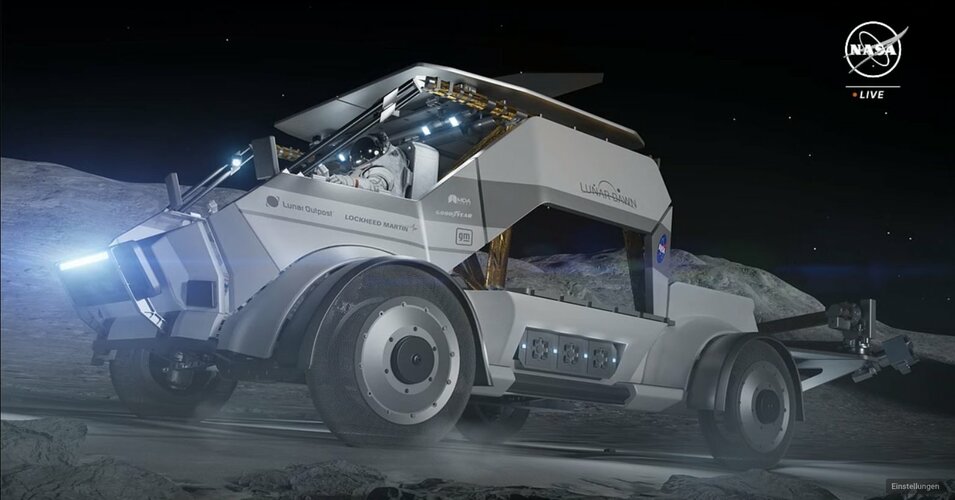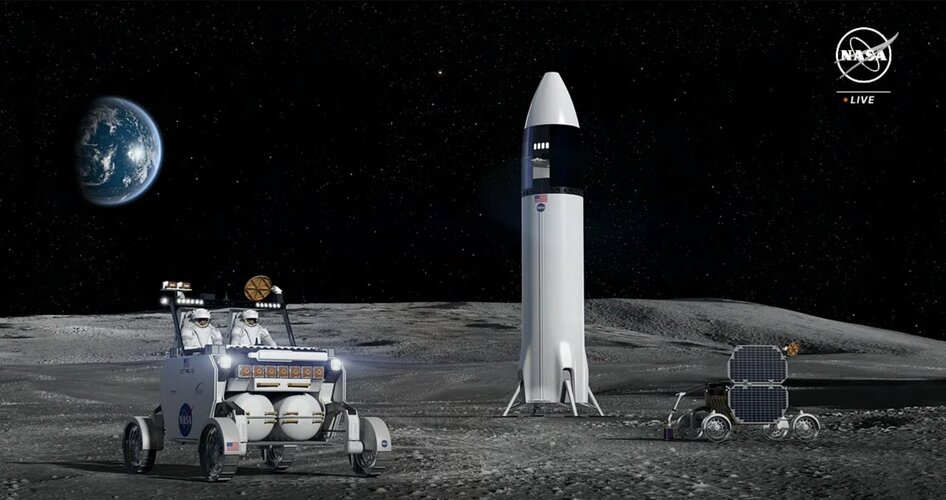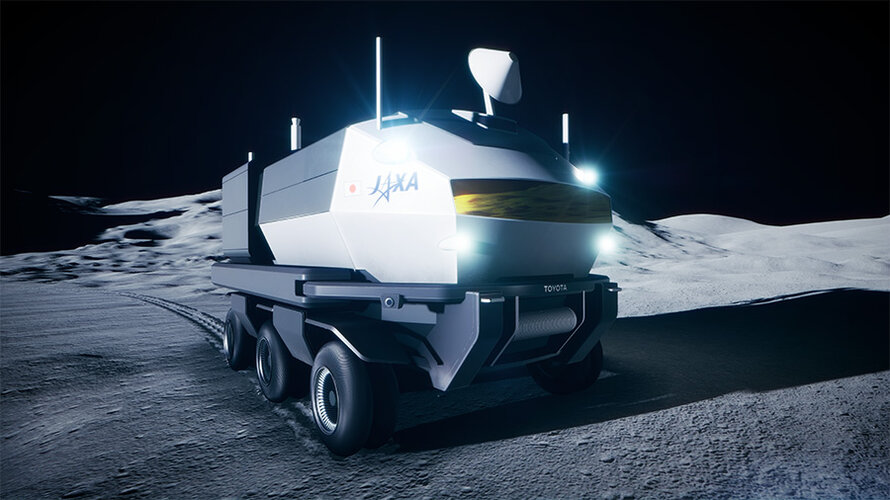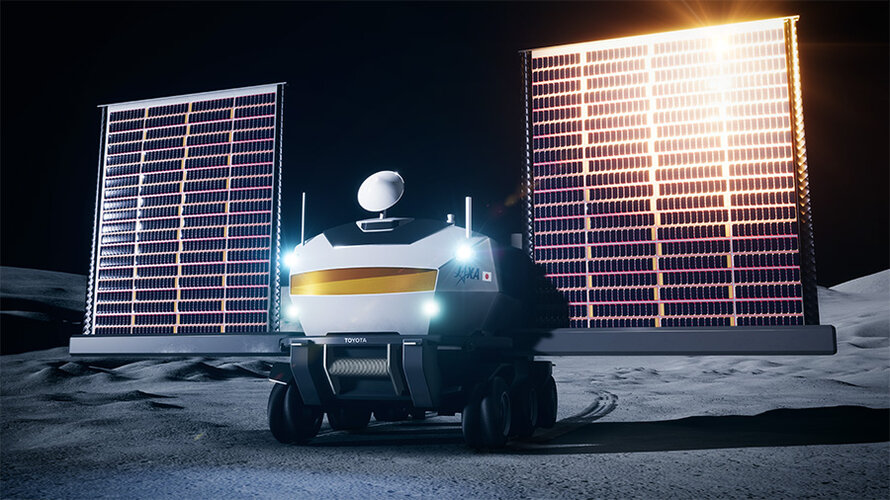Roscosmos no doubt was secretly hoping that the first non-American to walk on the Moon was a cosmonaut (No doubt Putin's Ukrainian adventure derailed that idea).
The attempts to include roscosmos in the gateway/artemis were quite half-hearted before 2022, nobody quite believed in it. Even if it had worked out, a single airlock (what was discussed back then) wouldn't have given them the first non-american seat.
Land of the Rising Sun to land on the Moon after historic agreement

www.independent.co.uk
There is an interesting thing that isn't talked enough.
Kamala harris said the first japanese moon walker would be "in the late 2020s", and the japanese press has quoted officials saying the launch dates that are being considered start in 2028: Artemis IV.
This of course, is so that the first Japanese moon walker happens before the first chinese moon walker, currently expected for 2029 in CMSA's plans. This is what matters, and the context of this announcement was this Japan-USA summit reaffirming strategic and defence ties and condemning china.
If the current planning holds, then there won't be a problem, Artemis III in late 2026/2027, Artemis IV in 2028 with an American, a Japanese moonwalker, and an European (as previously agreed) and likely another American on the gateway.
But if Artemis III is delayed by more than a year (considering Artemis II was just delayed by a year, it's not unlikely at all) ... or if Artemis III's moon landing is dropped due to delays to HLS or the Spacesuit, and the first landing is well into 2028, with the chinese on track to their plans. Then there will be a conflict between the American Return to the Moon and the agreement to land the first japanese on the moon as the first non-American, which will be solved either by
-Qualifying HLS to land 3 crew on its first crewed launch, something which may be hard if it's Artemis 3 and therefore SX HLS option A, and something which would screw over early gateway operations if it's Artemis 4.
-Not honouring the agreement.
-Accepting that the first moonwalkers in almost 60 years will be an American (woman) and a Japanese astronaut.
More generally, with currently 9 (2 canadian, 1 emirati, 2+1 japanese, 3 european) orion seats given to non-NASA astronauts, with probably more in the future (for future ESM, for India...), and if this trend of Washington using orion seats as foreign policy bargaining chips continue, then, with Orions only being able to carry 4 astronauts per year to the moon, NASA will end up having a lot more limited opportunities to fly their own astronauts to the gateway and moon, on their own spacecraft (especially compared to Apollo, and probably compared to the chinese)...
And IMO, this is what's going to make NASA ask the industry (HLS contractors first of all) to seriously look into Orion-SLS replacements...











